Essential Guide to Beverage Cooler Repair: Troubleshoot Common Problems
Understanding Beverage Cooler Repair Basics
Introduction to Beverage Cooler Functionality
Beverage coolers are essential appliances for keeping your drinks at optimal temperatures. They work through a refrigeration cycle similar to that of traditional refrigerators, using a compressor, condenser, evaporator, and expansion valve to maintain cool temperatures. Understanding how your beverage cooler operates can help in diagnosing issues and ensuring it performs efficiently. For those navigating problems with their coolers, beverage cooler repair might be necessary to restore functionality.
Common Issues Encountered
Beverage coolers may experience a variety of problems, including:
- Temperature regulation failures.
- No cooling or inadequate cooling.
- Inefficiency leading to higher electricity bills.
- Noisy operations or abnormal sounds.
- Water accumulation or leaks.
Recognizing these issues early can mitigate the risk of further damage and help prolong the life of your unit.
Tools and Materials Needed for Repairs
Before attempting any repairs, it’s crucial to gather the right tools and materials:
- Screwdrivers (Phillips and flat-head)
- Multimeter for testing electrical components
- Refrigeration gauges for checking refrigerant levels
- Replacement parts as needed (fans, compressors, seals)
- Cleaning supplies (cloths, vacuums, cleaning solutions)
Having these tools at your disposal can streamline the repair process and improve efficiency.
Diagnosing Problems with Your Beverage Cooler
Why is My Beverage Cooler Not Cooling?
One of the most common complaints is that the beverage cooler is not cooling effectively. Possible reasons include:
- Dirty Condenser Coils: Debris buildup can obstruct airflow, hindering the cooling process.
- Faulty Thermostat: A malfunctioning thermostat can prevent the unit from reaching the desired temperature.
- Refrigerant Issues: Low refrigerant levels due to leaks can significantly affect cooling efficiency.
Check the condenser coils and thermostat first when diagnosing cooling problems. Clean any buildup on the coils and replace the thermostat if it’s not operating correctly.
Identifying Electrical Issues
Electrical issues are often the root cause of cooling problems. Here are steps to diagnose these issues:
- Check the power source by ensuring the cooler is plugged in and the outlet is functional.
- Inspect the power cord for damages, such as cuts or frays.
- Use a multimeter to test electrical components, including the compressor and fan motor, to confirm they are receiving power.
If electrical components are not functioning, they may need replacement, or professional help might be necessary.
Troubleshooting Temperature Fluctuations
Temperature fluctuations can indicate various problems, including:
- Inconsistent door seals leading to cold air escaping.
- Overloading the cooler beyond its capacity, resulting in improper airflow.
- Faulty internal sensors that fail to correctly gauge the temperature.
Scanning for these issues can help stabilize the temperature within the cooler, enhancing its efficiency.
Step-by-Step Guide to DIY Beverage Cooler Repair
Basic Maintenance Practices
Regular maintenance enhances the efficiency and longevity of your beverage cooler. Here are key practices:
- Clean condenser coils at least twice a year with a vacuum or brush.
- Wipe down interior surfaces to prevent mold and odors.
- Ensure the door seals are intact and replacing them if necessary to maintain proper insulation.
Repairing the Refrigeration System
In cases where a malfunctioning refrigeration system is suspected, the following steps should be followed:
- Disconnect power safely before starting any repairs.
- Check the refrigerant levels using refrigeration gauges; refill or repair leaks as needed.
- Inspect and clean the evaporator and condenser coils.
Addressing these aspects correctly will help restore the cooling capacity of your unit.
Replacing Compromised Parts
Sometimes, specific parts will need replacement. When choosing replacement parts:
- Look for OEM (original equipment manufacturer) parts to ensure compatibility.
- Keep receipts for warranty purposes and verify return policies, if needed.
- Follow manufacturer guidelines for installation.
Replacing faulty components can effectively resolve ongoing issues without the need for full unit replacement.
When to Call a Professional for Beverage Cooler Repair
Understanding Repair Costs vs. Replacement
When facing severe issues, deciding between repair and replacement is critical. Consider the following:
- The age of your beverage cooler. Generally, if it’s over ten years, replacement may be more cost-effective.
- The extent of the damage. If repairs exceed 50% of the cost of a new unit, replacement may be the better option.
- Future reliability. If the cooler has a history of frequent breakdowns, investing in a new model might be wise.
Finding Qualified Repair Services
If you decide to seek professional help, here’s how to find qualified services:
- Search for local appliance repair specialists with positive reviews on platforms such as Yelp or Google Reviews.
- Check for appropriate licensing and insurance to ensure you’re protected.
- Ask for estimates upfront; a reliable professional will provide a transparent breakdown of costs.
What to Expect from Professional Repairs
When hiring a professional, be prepared for the following:
- A comprehensive evaluation of beyond basic issues that may not be visible to the untrained eye.
- Clear communication on the diagnosis and the proposed repair steps.
- Warranties on both services provided and parts replaced, giving you peace of mind.
Maintaining Your Beverage Cooler for Longevity
Regular Cleaning and Maintenance Tips
To ensure your beverage cooler remains in optimal condition, implement these maintenance tips:
- Perform routine cleaning of condenser coils and check filters monthly.
- Keep the cooler at a temperature of 32°F-40°F for best performance.
- In heavy-use periods, inspect door seals more frequently and ensure they are airtight.
Monitoring Performance Indicators
To catch issues early, regularly monitor performance indicators such as:
- Unusual noises during operation, signaling potential mechanical issues.
- Increased energy bills which might suggest inefficiency.
- Inconsistent cooling that may suggest a problem with venting or refrigerant levels.
Recommendations for Optimal Usage
For optimal performance of your beverage cooler:
- Avoid overloading to maintain adequate airflow within.
- Keep it away from heat sources, such as ovens and direct sunlight, to reduce stress on the unit.
- Allow airspace for ventilation; cooling units need proper airflow to function efficiently.
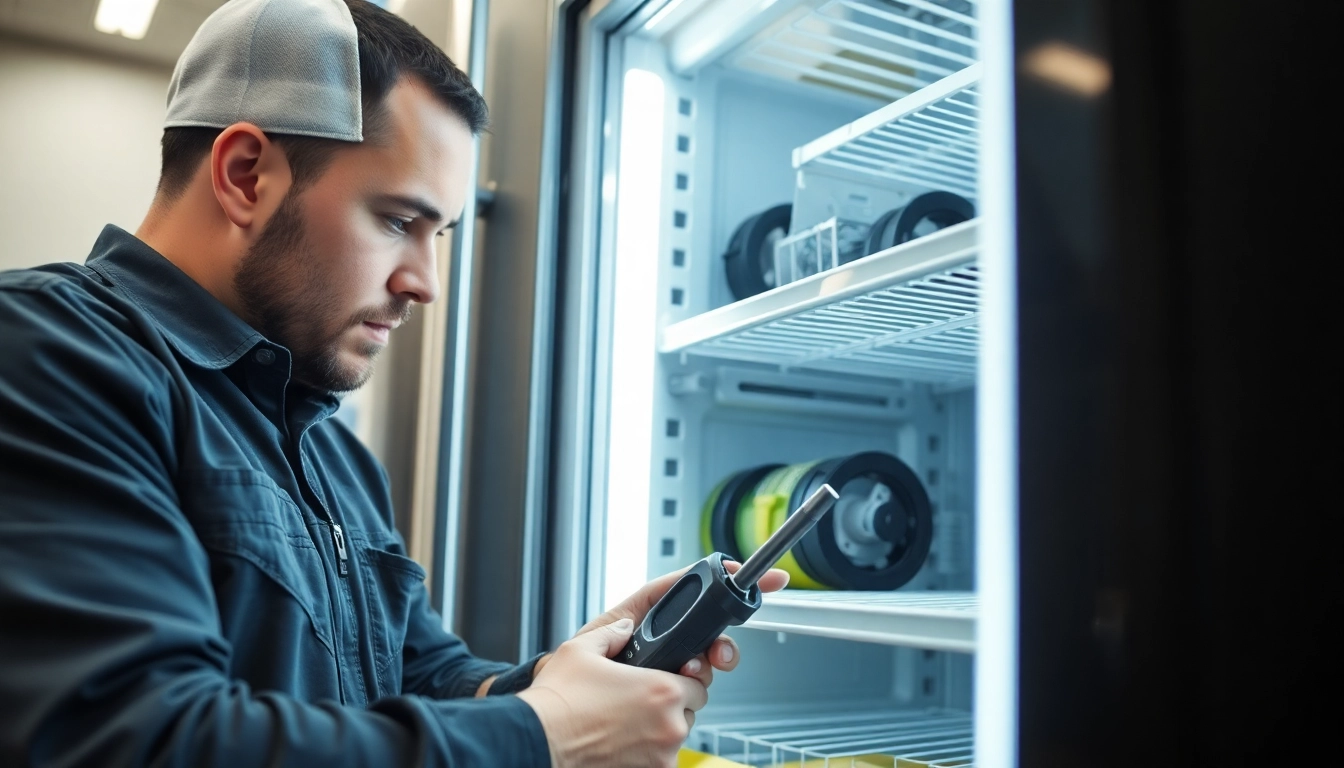
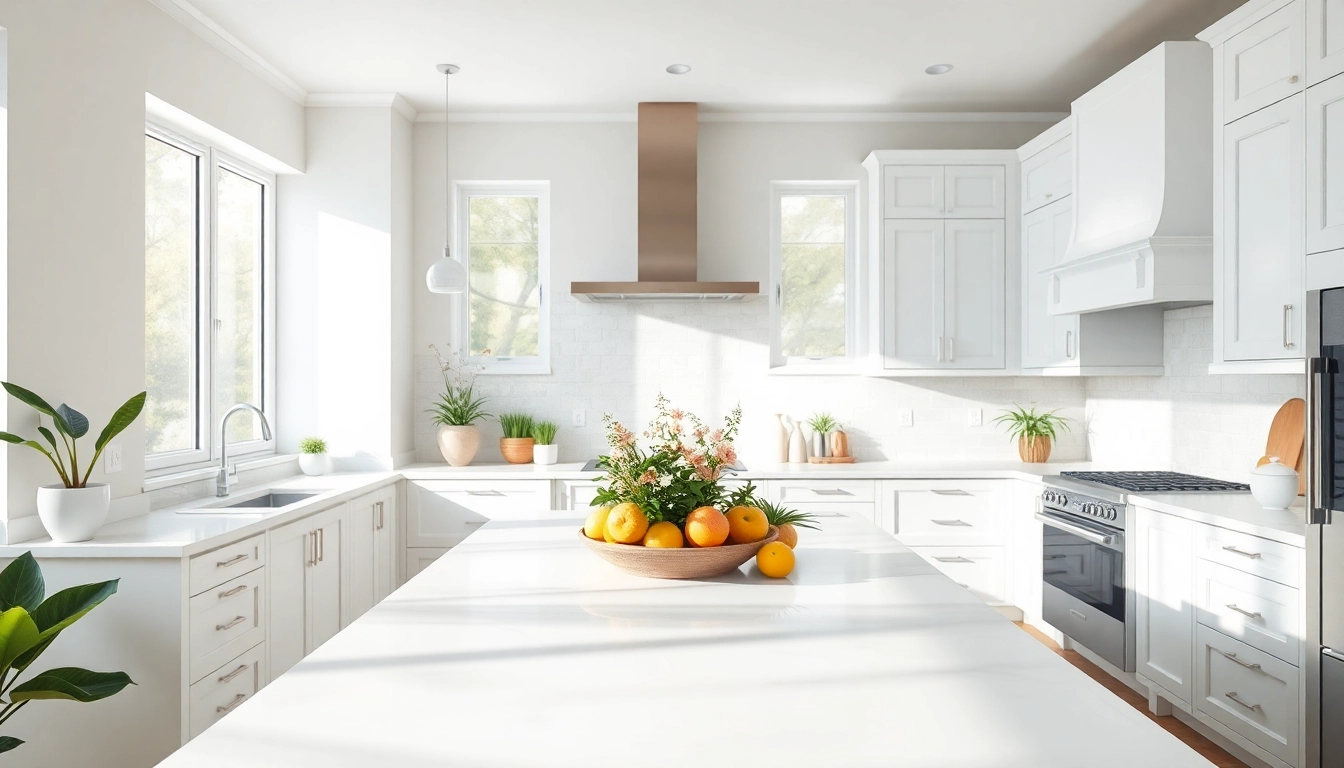
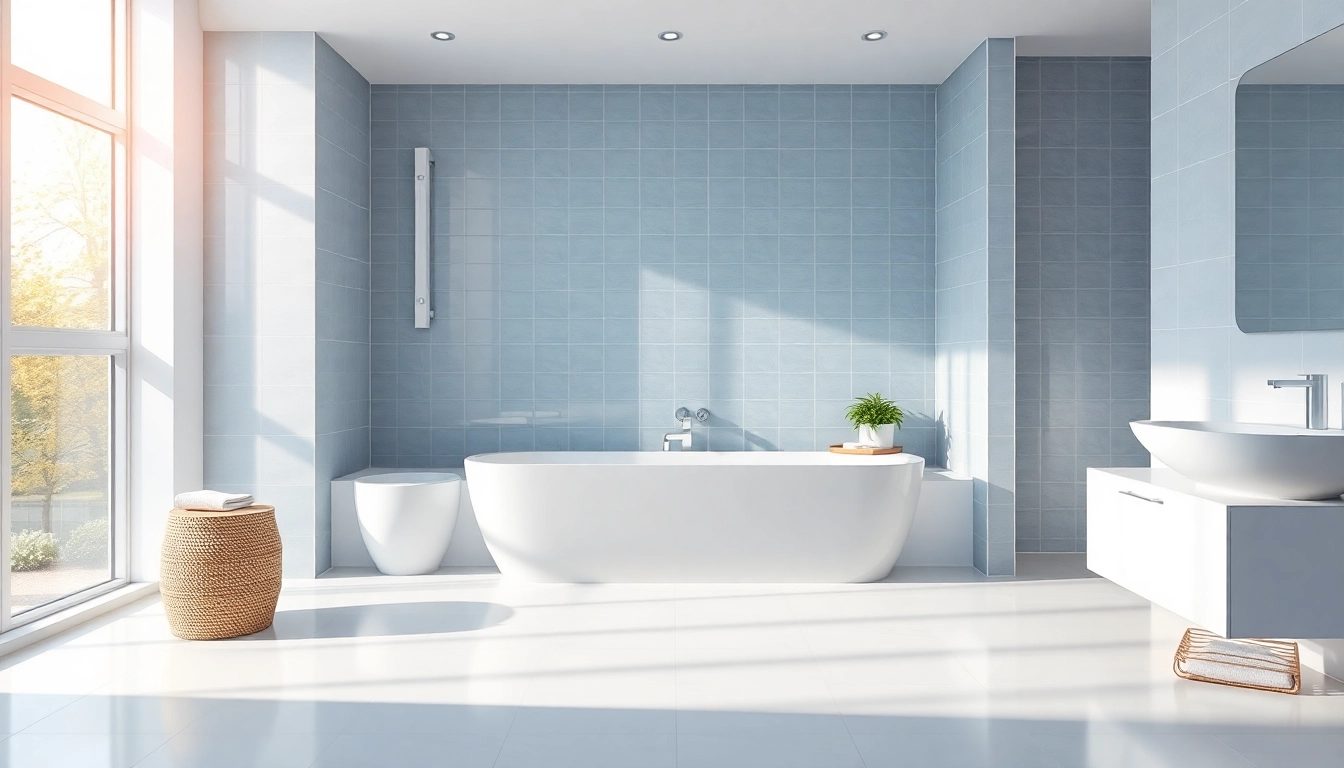
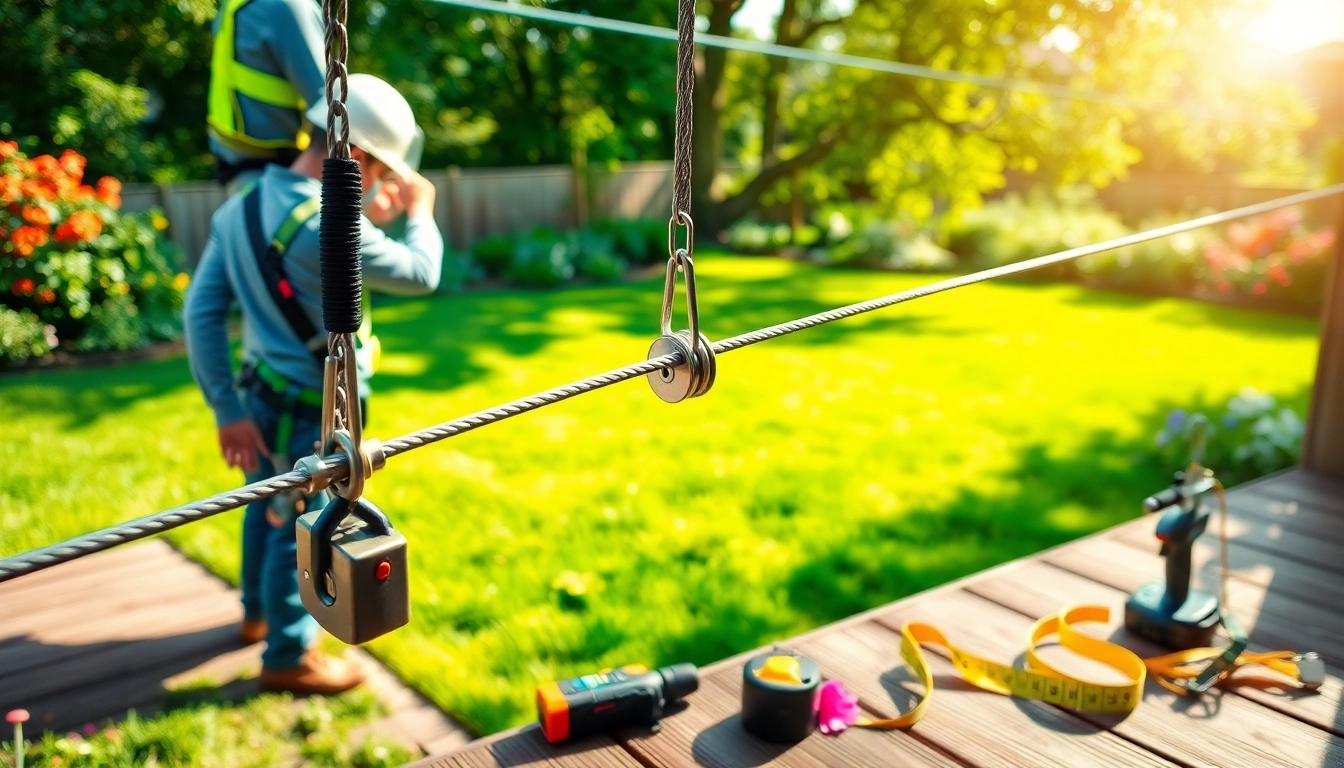

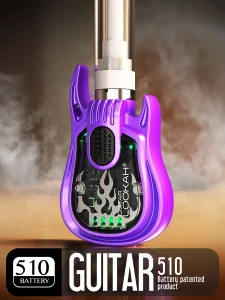
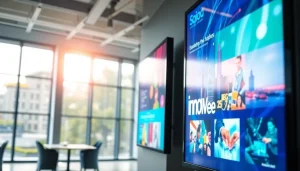


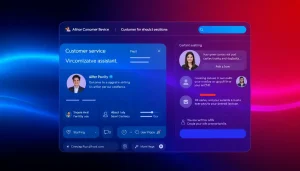
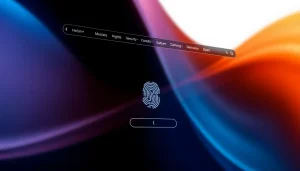

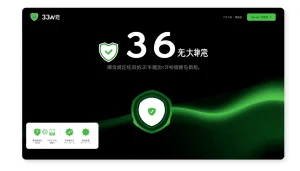
Post Comment